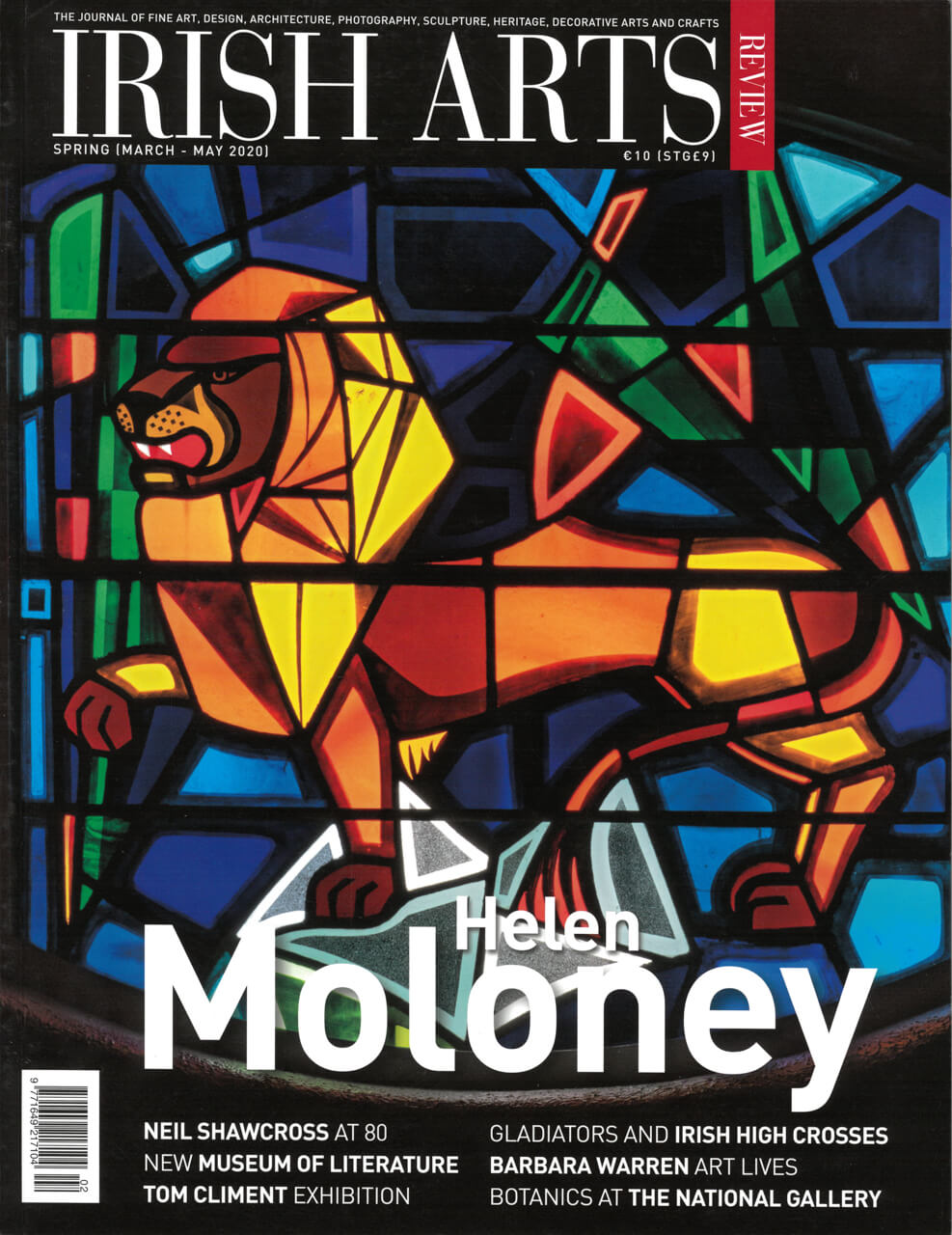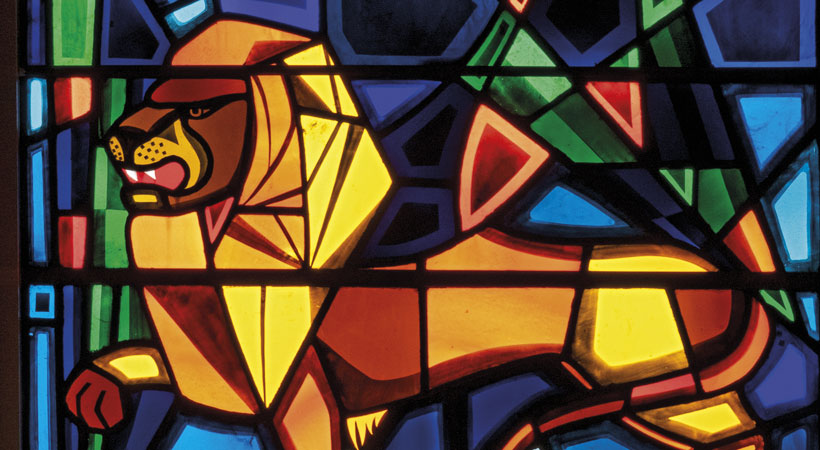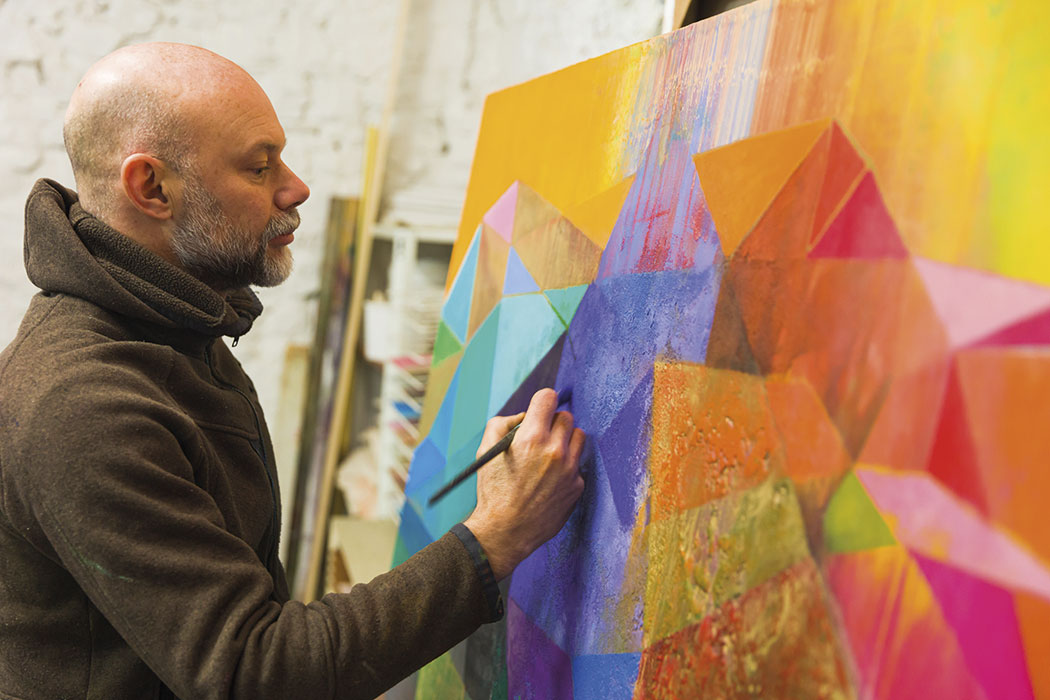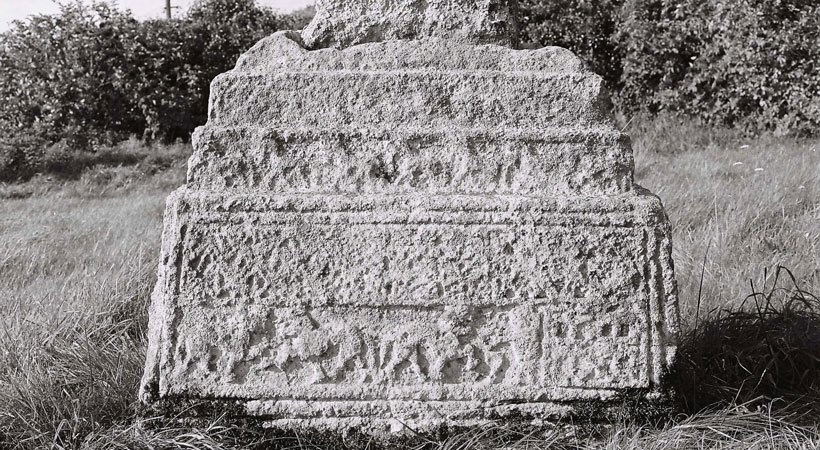
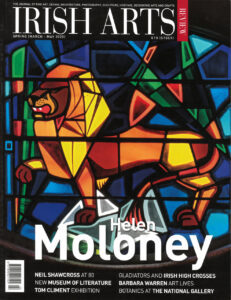
There are echoes of the old Roman circus on the bases of Irish high crosses at Clonmacnoise, Monasterboice and Lorrha, writes Peter Harbison
On the continent, the high point of artistic production in the Early Middle Ages, both in ivories and manuscripts, was reached under the Carolingians – the dynasty named after its founder, Charlemagne (771-814); and continued by his son, Louis the Pious (814-840); and grandson, Charles the Bald (843-877). Only a handful of ivories survive from the reign of Charlemagne, but more are preserved from the days of Charles the Bald, as exemplified by the fine ivory in the State Library in Munich (Fig 1). What is common to so many of these ivories is that they draw inspiration from the Late Antique, the period covering the end of the Roman Empire in the 5th and 6th centuries. If we unexpectedly find on Irish high cross bases some echoes of the old Roman circus, as vividly illustrated on Late Antique ivory consular diptychs (eg Fig 6), it must surely be best explained as having come through the influence of the Carolingians, who were mesmerised by the Late Antique and must also have respected older mosaics that had survived in the ground.
To read this article in full, subscribe or buy this edition of the Irish Arts Review
